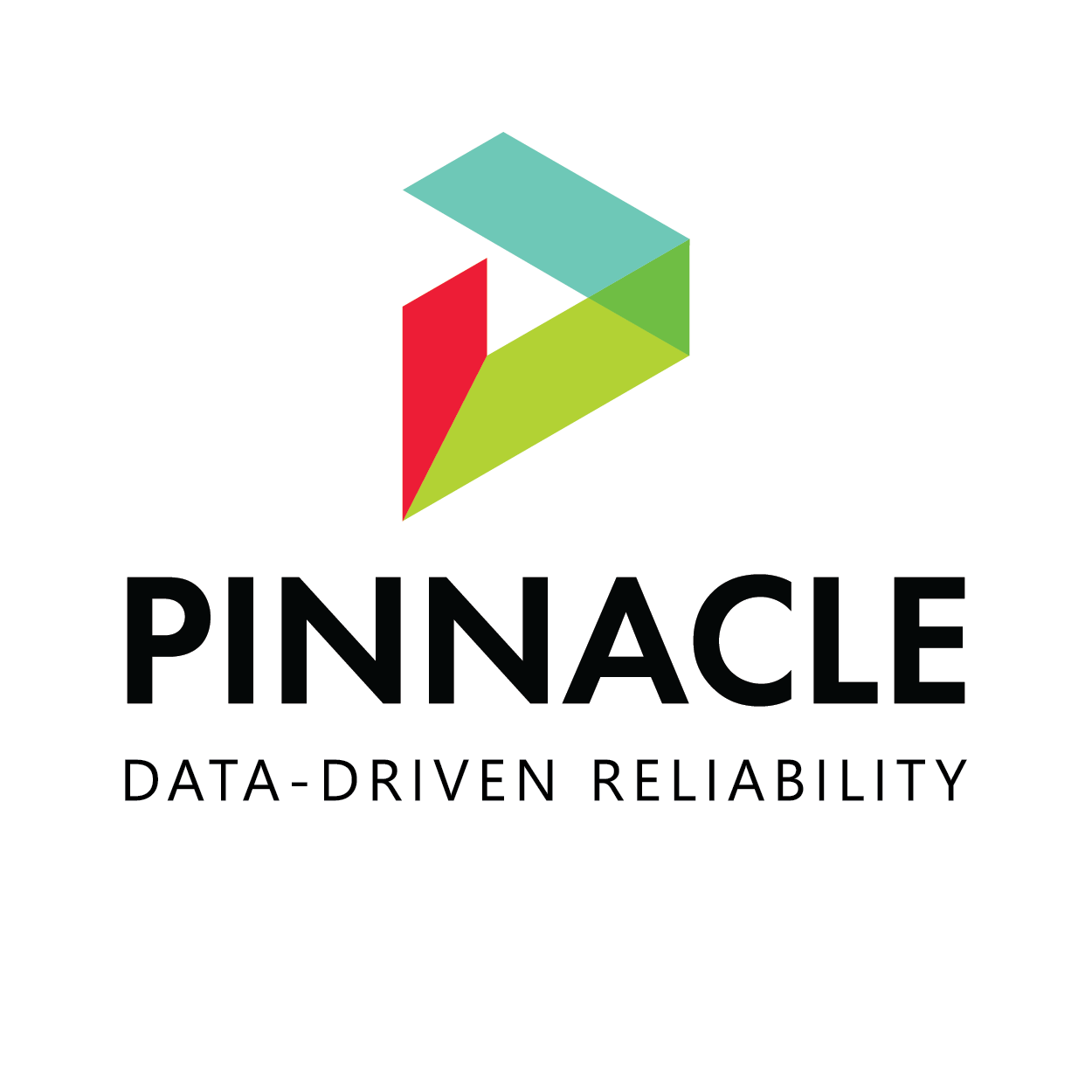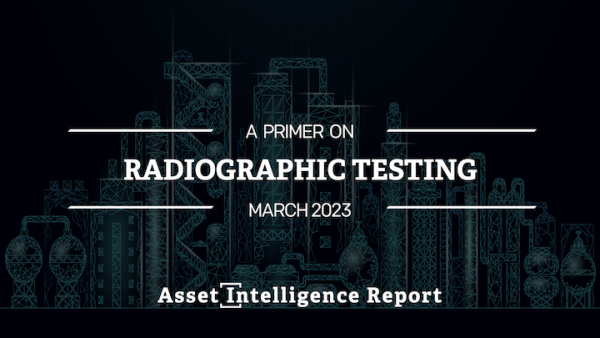SNT TC-1A, Personnel Qualification and Certification in Nondestructive Testing, 2015 Edition, is a recommended practice developed by the American Society for Nondestructive Testing (ASNT) and updated annually, that provides guidelines for employers establishing an in-house certification program for nondestructive examination. SNT TC-1A has been widely used by employers as a framework for in-house NDT certification programs since 1966 and is reviewed every five years.
This recommended practice helps ensure a minimum level of competency for NDT practitioners and applies to NDT methods such as: eddy current testing, liquid penetrant testing, magnetic particle testing, radiography, ultrasonic testing, and visual testing. Many owner-operators in the United States require ASNT certifications for personnel performing NDT.
Three Levels of Qualification
SNT TC-1A establishes three different levels of qualification, each with more duties and responsibilities than the last. Moving from one level to another is based on a combination of education, experience, training, and passing qualification examinations. Personnel at each of the three levels tend to require recertification every five years.
Level I: Of the three levels, those at Level I have the fewest responsibilities. Level I Practitioners are only qualified to perform specific calibration, examinations, and evaluations with specific written instructions.
Level II: At Level II, practitioners gain more duties and responsibilities, and are qualified to set up and calibrate equipment and to interpret and evaluate the results of inspections. Level II technicians are also required to be able to prepare written instructions, provide on the job training, and report inspection results.
Level III: Finally, at Level III, practitioners must be capable of establishing techniques, interpreting codes, and designing test methods and techniques to be used. Those at Level III are also able to train and examine Level I and II technicians for certification.
Examination
The examinations for advancement are made up of four parts. These include an eye exam for vision acuity and color contrast discrimination, a written portion to gauge general knowledge of basic principles of methodology, a second written portion to gauge knowledge of specific equipment and techniques that will be used on the job, and finally, a practical examination based on the specific equipment that will be examined on the job. Each section requires at least a 70 to pass, while the total score of 80 for all four sections is usually required.
Relevant Links
Topic Tools
Share this Topic
Contribute to Definition
We welcome updates to this Integripedia definition from the Inspectioneering community. Click the link below to submit any recommended changes for Inspectioneering's team of editors to review.
Contribute to Definition


















